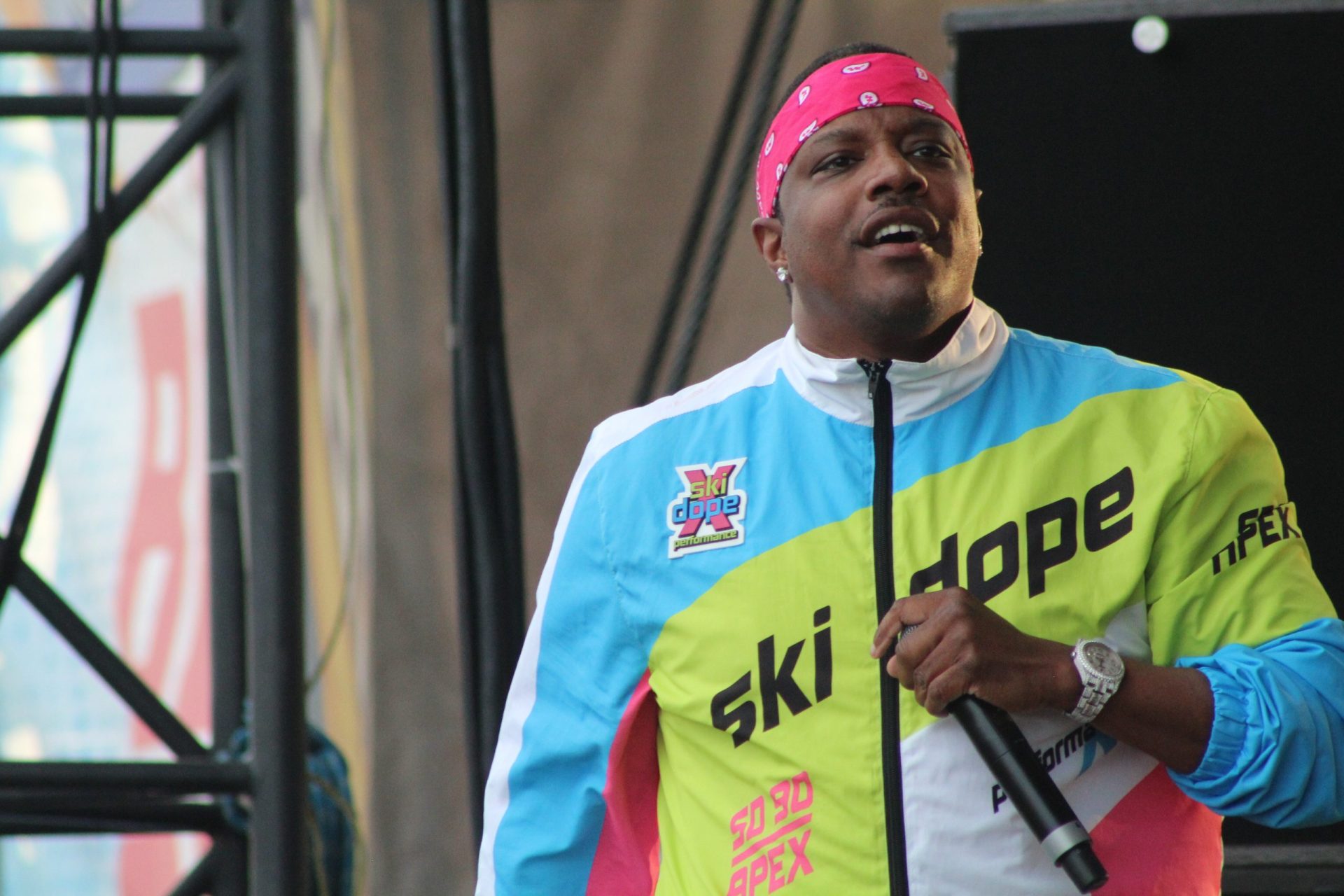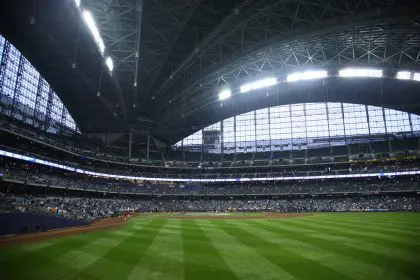Colorado’s dual-threat star Travis Hunter announced his entry into the 2025 NFL Draft, attracting attention for his unique ability to excel at both wide receiver and cornerback. Early projections highlight several potential landing spots.
The Jacksonville Jaguars, holding the No. 1 pick, could pair Hunter with recent draftee Brian Thomas Jr. at receiver while strengthening their secondary alongside Tyson Campbell. Hunter’s West Palm Beach roots add hometown appeal to this possibility.
Cleveland Browns emerge as another strong fit under Kevin Stefanski’s system. Following Amari Cooper’s departure, Hunter could fill their receiver need while complementing Pro Bowl cornerback Denzel Ward in the secondary.
The Dallas Cowboys, despite lacking a high first-round pick, maintain interest through Deion Sanders‘ influence. Pairing Hunter with CeeDee Lamb and Trevon Diggs could motivate Jerry Jones to trade up.
NFL analysts praise Hunter’s versatility, noting his potential to impact both offense and defense immediately. His dual-position capability presents unique roster flexibility for potential suitors.
Scout evaluations highlight Hunter’s refined technique at both positions, though questions remain about specializing versus maintaining two-way duties professionally.
Teams must weigh how to maximize Hunter’s unique skill set while managing the physical demands of playing both ways in the NFL.
Draft experts note Hunter’s selection could influence future evaluations of multi-position players, potentially shifting traditional specialization approaches.
The upcoming combine and pro day performances will likely influence teams’ strategies regarding Hunter’s projected role and draft position.
Industry observers suggest Hunter’s marketability and star potential could factor into draft decisions, particularly for teams in major markets.
Historical comparisons point to Charles Woodson and Deion Sanders as rare examples of players who successfully played both ways in the NFL, though in limited capacities.
Medical professionals emphasize the importance of careful workload management for two-way players to prevent fatigue and injury risks.
Team executives express interest in Hunter’s football IQ and ability to master complex schemes on both sides of the ball.
Sports scientists study how modern training techniques could support sustained two-way play at the professional level.
Marketing analysts project significant commercial potential given Hunter’s unique skill set and charismatic personality.












